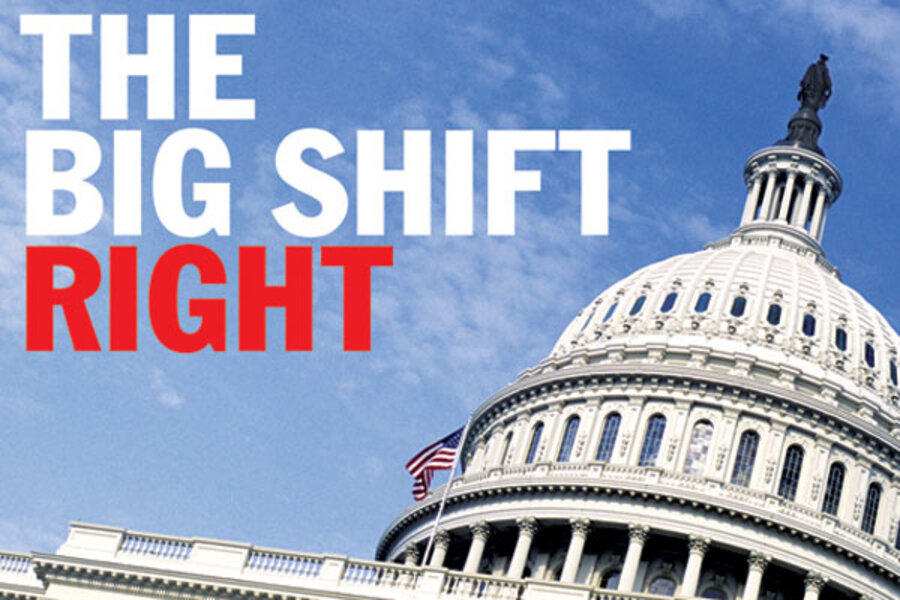The guardrails are gone.

29 June 2022 – It is a long history and I do not wish to turn this post into a book. But those who have studied American history and/or read the books I have recommended through the years know the very definite arc of that history. In brief:
In the 1950s and 1960s, American politics shifted. The Democratic coalition was becoming untenable, and the Republican Party embarked on its Southern Strategy to capture the votes of racist Southern whites increasingly dissatisfied by increasingly liberal Democratic politicians — primarily angry about civil rights, but also about feminism and secularism. When the Supreme Court decided Brown v. Board of Education in 1954, it set off a wave of racist violence. In 1955, 14-year-old Emmett Till was kidnapped, tortured, and murdered.
After the Civil Rights Act of 1964 and the Voting Rights Act of 1965 passed, affirming the rights of all Americans to live free of discrimination on the basis of race, making the right to vote a reality for long-disenfranchised African Americans, and invalidating a variety of laws that disenfranchised Black voters, conservative backlash to the Democratic Party grew stronger, and the Republican Party’s strength in the South surged. By 1968, civil rights leader Martin Luther King Jr. was dead, assassinated by a white supremacist.
By 1980, the political realignment — racist and anti-feminist whites aligned with Republicans, Black voters overwhelmingly supporting Democrats — was complete. That year, Ronald Reagan held a campaign event in the same place in Mississippi where James Chaney, Michael Schwerner, and Andrew Goodman for murdered for the crime of registering Black voters. “I still believe the answer to any problem lies with the people. I believe in states’ rights,” Reagan proclaimed at the event. “I believe in people doing as much as they can for themselves at the community level and at the private level, and I believe we’ve distorted the balance of our government today by giving powers that were never intended in the Constitution to that federal establishment.”
He won the election. And Reagan, once a pro-choice governor of California, became a staunch abortion opponent — a move of political convenience in order to secure the support of the religious right, which was fueling an increasingly misogynist and grievance-driven Republican Party.
Fast-forward to the 2010s, and a conservative Supreme Court overturns key provisions of the Voting Rights Act, opening the door for a new era of racist voter suppression — a door Republicans immediately surge through. A single Black president after 200 years of unbroken white male rule is enough for the Supreme Court, and many conservatives, to claim that racism is over — and then institute a series of racist laws intended to block Black voters from casting a ballot.
Just a few years later, the specter of the first female president following the first Black president was enough to hand a vastly unqualified unrepentant racist and misogynist the presidency.
Four years later, a largely white mob stormed the Capitol, deeming an election invalid simply because their guy lost. People died.
A little more than a year after that, an even-more-conservative Supreme Court has stripped away the civil rights of American women, asserting it is a state’s right to decide if women’ bodies are theirs or if refusing to continue a pregnancy is a criminal act.
Just a few days after that, the same Court upheld a badly gerrymandered, intentionally racist electoral map in Louisiana, drawn to disenfranchise Black voters.
And today the Court has stripped the Environmental Protection Agency of the power Congress gave it to respond to the most pressing environmental challenge of our time.
The U.S. Supreme Court has become a legislative body. It will not stop with these cases. Most of the legal authority for the U.S. regulatory state depends on the court’s interpretation of the Constitution’s Commerce Clause. This SCOTUS has decided that the federal government has massively overstepped its constitutional authority.
We will see the SEC effectively neutered. The EPA is not the target. The target is Jarkesy v. SEC now making its way to SCOTUS. In that case the plaintiffs argue that Congress’ delegation of certain regulatory powers to the SEC is unconstitutional. The case was weak but they now have the ammunition they need. If the Court rules in Jarkesy’s favor — and with this new conservative Court, that has to be the likeliest possibility — it could open the door to all kinds of challenges to the SEC and other financial regulation.
The key language in this EPA case concerns the Court’s interpretation of the “highly consequential power beyond what Congress could reasonably be understood to have granted”. It has turned on their head prior precedents. This case is the product of a coordinated, multiyear strategy by Republican attorneys general, conservative legal activists and their funders to use the judicial system to rewrite environmental law, weakening the executive branch’s ability to tackle global warming. Coming up through the federal courts are more climate cases, some featuring novel legal arguments, each carefully selected for its potential to reduce the government’s ability to regulate industries and businesses that produce greenhouse gases.
The EPA case is unusual, but it’s emblematic of the bigger picture. A.G.s are willing to use these unusual strategies more and more. The plaintiffs say they want to hem in what they call the administrative state, the E.P.A. and other federal agencies that set rules and regulations that affect the American economy. That should be the role of Congress, which is more accountable to voters.
But Congress has barely addressed the issue of climate change. Instead, for decades it has delegated authority to the agencies because it lacks the expertise possessed by the specialists who write the complicated rules and regulations, and who can respond quickly to changes in the science, particularly when Capitol Hill is gridlocked.

This history is hard to face, and the truth it tells hard to fathom, because it fundamentally flies in the face of the American narratives we are taught in school: That while there are ebbs and flows, history generally moves toward justice, and that the good guys usually win. In America, it is more complicated. Our most violent, home-grown, terroristic movements have achieved incredible successes. They have managed to assimilate many of their radical views into the conservative mainstream and legislate not just their radical aims, but their strategies: the Klan and the segregationist politicians who did their bidding correctly saw voting as a key inflection point for civil rights; anti-abortion terrorists and, later, the Texas state legislature correctly realized that bounty-hunting for anyone who “aids and abets” abortion was a highly effective terror campaign.
They have played the long game. Sometimes, they have been set back on their heels, but they have never disappeared. Without fail, in the wake of significant progress, they roared back, angrier than ever. Without fail, there were people in elected office, in law enforcement, and on the courts who supported them and tried to implement their agenda. The question wasn’t the existence of that ecosystem; it was how many people who sympathized with the views of racist and misogynist terrorists were in power, how much they sympathized, and how much power they had.
Right now, there are a lot of them. They have a lot of sympathy. Their power is only growing.